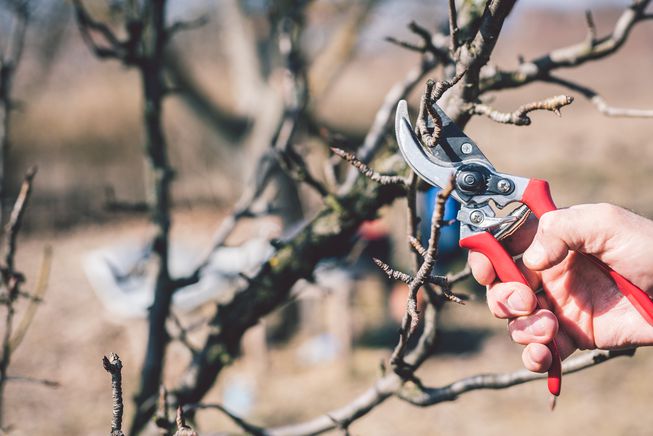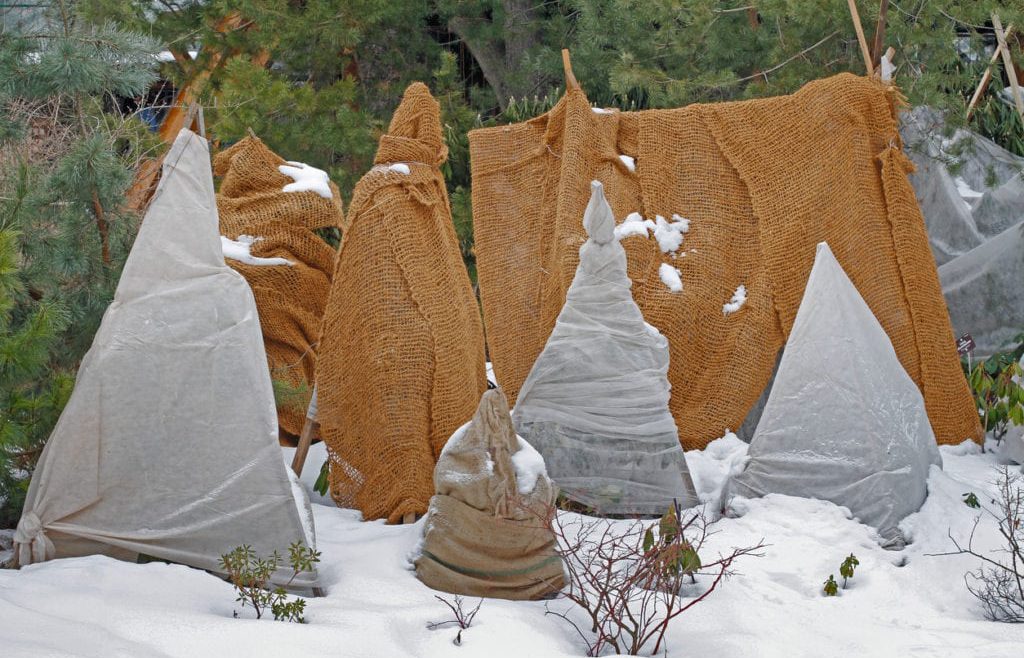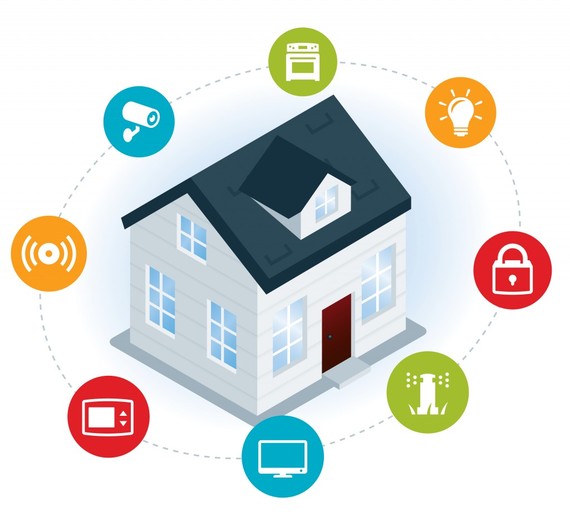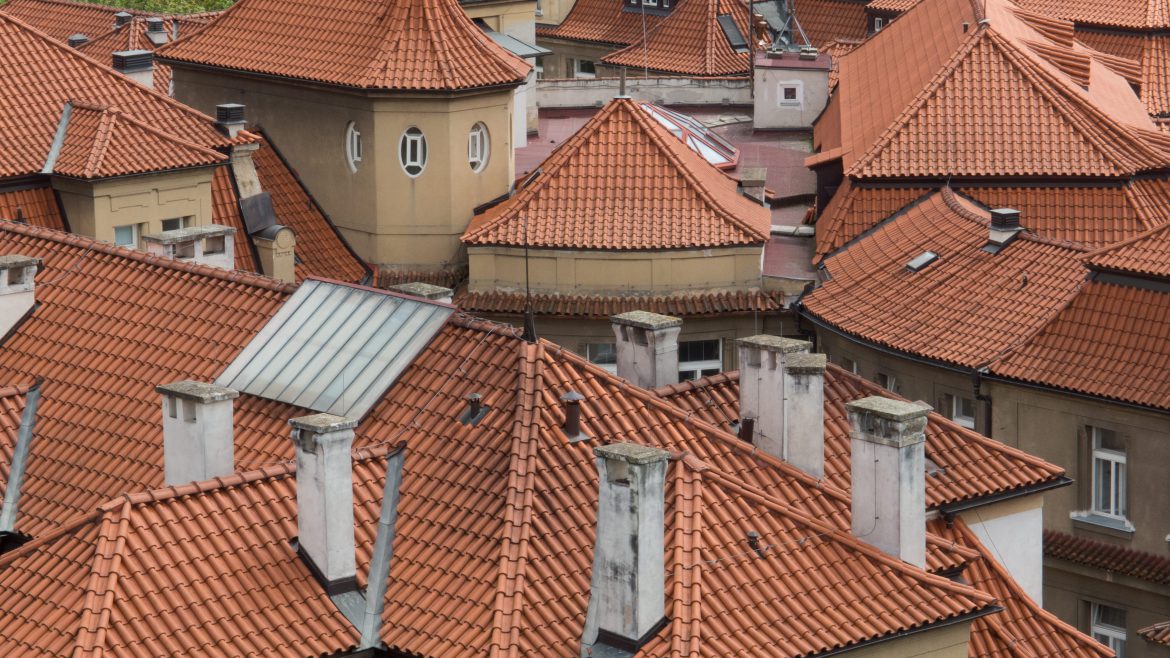Is it necessary to cut back flowers for winter?
https://imaginahome.com/wp-content/uploads/2018/11/winter_pruning.jpg.653x0_q80_crop-smart.jpg 653 436 Nisha Muire Nisha Muire https://secure.gravatar.com/avatar/09971b406125a2f92a37bf65b08fd3c3?s=96&d=mm&r=g
Cutting back perennial flowers at your Toronto home really depends on the kind of flowers you have and also the kind of philosophy you follow. While it is clear that some plants benefit from being cut back, there are others that thrive overwintering with their spent foliage and prefer to be cleaned up in the spring.
Some of the reasons for cutting back include:
Keeping the garden clean
Removing potential safe harbors for insects and fungi
Reduces the spread of self seeding plants
Lessen work required to get garden ready in the spring
Some reasons for not cutting back include:
Provides protection for new growth
Provides visual interest during the winter
Provides food and protection for birds and wildlife
Helps seed new plants (where wanted)
Some plants that can overwinter really well include echinacea, sedum and hostas. Echinacea is a hardy plant and the flowers/seeds provide an excellent food source for birds and animals during the winter. Sedums hold winter frost and snow really well and provide plenty of visual interest during the cold weather when everything else is bare. Hostas aren’t visually pleasing during the winter and don’t provide food for our furry and winged friends but the foliage protects the crown during the winter and promotes growth during the spring.
The one time you would definitely cut but a plant is if it has sustained visible damage due to fungus or insects. In that case, you would want to cut it back and get rid of it entirely. Don’t let those infected leaves/stalks compost or fall into your flower beds as it can continue the cycle of disease/pests.
Keeping your plant healthy and happy during the winter does require a bit of effort, but seeing their beauty awake in the spring makes it all worthwhile.
Some of the reasons for cutting back include:
Keeping the garden clean
Removing potential safe harbors for insects and fungi
Reduces the spread of self seeding plants
Lessen work required to get garden ready in the spring
Some reasons for not cutting back include:
Provides protection for new growth
Provides visual interest during the winter
Provides food and protection for birds and wildlife
Helps seed new plants (where wanted)
Some plants that can overwinter really well include echinacea, sedum and hostas. Echinacea is a hardy plant and the flowers/seeds provide an excellent food source for birds and animals during the winter. Sedums hold winter frost and snow really well and provide plenty of visual interest during the cold weather when everything else is bare. Hostas aren’t visually pleasing during the winter and don’t provide food for our furry and winged friends but the foliage protects the crown during the winter and promotes growth during the spring.
The one time you would definitely cut but a plant is if it has sustained visible damage due to fungus or insects. In that case, you would want to cut it back and get rid of it entirely. Don’t let those infected leaves/stalks compost or fall into your flower beds as it can continue the cycle of disease/pests.
Keeping your plant healthy and happy during the winter does require a bit of effort, but seeing their beauty awake in the spring makes it all worthwhile.










